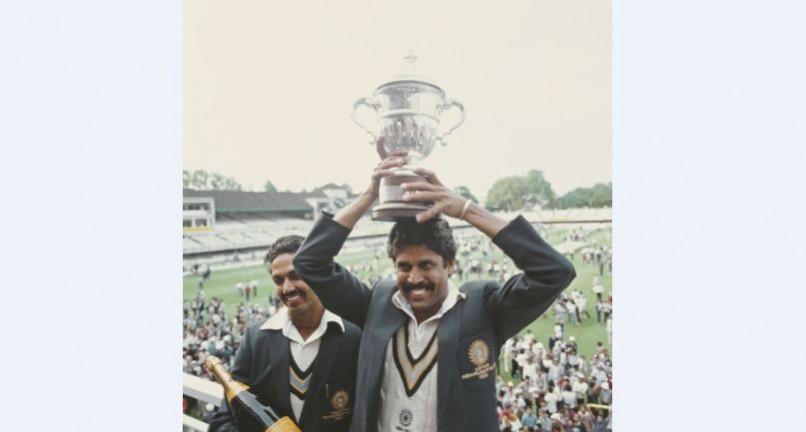
Fast bowling was almost a forbidden art in India until the arrival of Kapil Dev. Interestingly, in the very first Test that India played, against England in 1936, the team included two good pace bowlers in Mohammad Nissar and L Amar Singh. The latter was regarded as a genuinely quick bowler and even earned words of praise from English great Sir Len Hutton.
But then spin started ruling the roost in India and pace bowling sunk into oblivion. The arrival of Kapil Dev changed everything and suddenly opposition batsmen had a seamer to fear in the Indian ranks rather than just tweakers.
After Kapil Dev retired, the man who carried the burden of leading the Indian pace attack through the 1990's was Javagal Srinath. For a brief period in the 1990s, the Bangalore-pair of Srinath and Venkatesh Prasad gave Indian bowling attack a balanced look.
With the turn of the century, Srinath began to fade away but managed to end his career on a high with a superlative performance in the 2003 World Cup. The mantle of being India's leading pacer was handed over to Zaheer Khan. He manfully carried this responsibility and became a genuine match winner for India.

Zaheer also had support from bowlers like Irfan Pathan and S Sreesanth through the course of his career. Ishant Sharma has been a good, if somewhat inconsistent performer, since his debut in 2007. But now, the entire Indian cricket fraternity is marvelling over the man who has established himself as the ace in the fast bowling pack of India – Jasprit Bumrah.
If we see the Indian fast bowling tradition being led by Kapil, Srinath, Zaheer in succession, is Bumrah the next name on the list? Most probably. But his incredible performances in all formats of the game lead to an even bigger question: Is he destined to overtake Kapil Dev as the greatest Indian fast bowler ever?
Now, we all know that comparing across generations is a mug's game. Kapil played in an era teeming with great fast bowlers. Playing most of his career on docile pitches of India, it was a Herculean effort by him to get 438 wickets.
Bumrah's Test career has so far seen him play most of his Tests in helpful conditions of South Africa, England and Australia. The comparison with Kapil Dev will only be justified when he starts taking a load of wickets on unhelpful Indian tracks.
However, one can say that the bowler from Gujarat possesses all the skills and qualities to become a legend of the game.

Comparison between the two
Whereas Kapil Dev's stock ball was the outswinger, Bumrah's primary weapon is the inswinger. The 1983 World Cup-winning captain had a relatively smooth action while Bumrah's action has stunned most people. Where the latter does have an edge over the former is in relation to speed. The 25-year old bowler is genuinely quick while Kapil wasn't renowned for his pace.
Having grown up in the T20 era, Bumrah has many other great weapons like yorkers, slower balls, etc. He has also developed a deadly outswinger to add to his repertoire. What makes him special is also the fact that he is a thinking bowler. After the first Test at Antigua, he revealed that his decision to bowl more outswingers was due to the direction of the wind.
With a mind always willing to learn and adapt to the situations, Bumrah is likely to get better. Currently with 55 wickets in 11 Tests, he is getting five wickets per match. But this rate will reduce if he is unable to maintain the same level of success on Indian pitches. However, with extra pace and a bag of tricks, we can be optimistic of him adjusting to Indian conditions well.
But Kapil Dev was no ordinary performer. He was a trailblazer and extremely skilful also. His lion-hearted performances and ability to extract help from the most unresponsive pitches is legendary. It's only by maintaining his current form that Bumrah can claim to be better than Kapil paaji. That won't be easy.









!['Had denied Housefull franchise as they wanted me to wear a bikini': Tia Bajpai on turning down bold scripts [Exclusive]](https://data1.ibtimes.co.in/en/full/806605/had-denied-housefull-franchise-they-wanted-me-wear-bikini-tia-bajpai-turning-down-bold.png?w=220&h=138)



